Complete guide to anthurium care
With their gorgeous glossy red foliage and surprisingly simple care, anthuriums are stunning showpiece plants for any collection – even for new plant owners
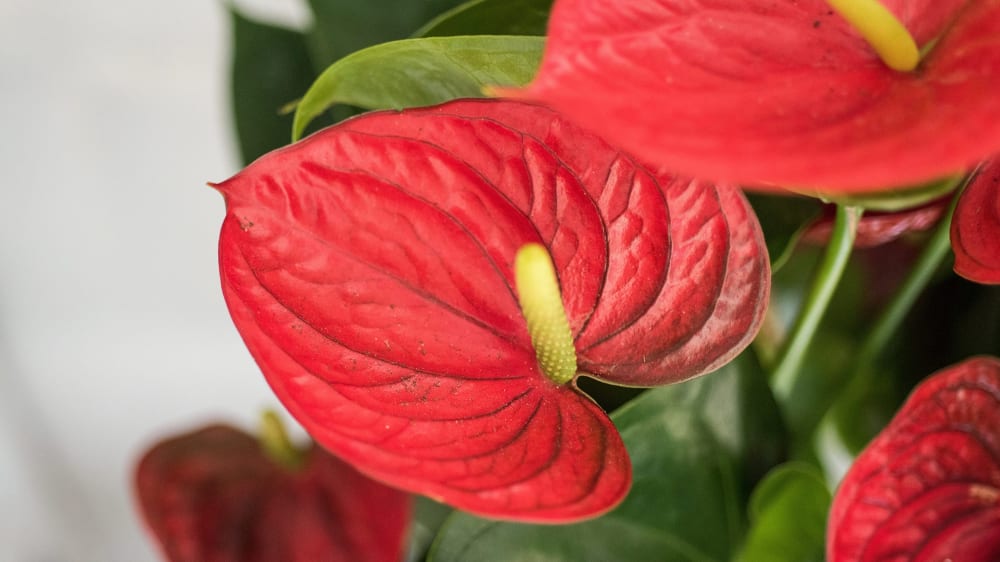
Like any supermodel, these fabulously fiery “flowers” can easily command a room. But these pretty red petals are actually leaves. Despite their striking appearance, anthuriums are remarkably down-to-earth and can thrive quite happily without much fuss. Here’s a basic care checklist for anthuriums:
- Water when the top 2 inches of soil are dry
- Let your anthurium soak up some medium light
- Mist every 2-3 days in spring and summer
- Keep temperatures between 18 and 26°C
- Snip off any drooping flower stalks to boost growth
All about anthuriums
Also known as flamingo flowers or laceleaf plants, anthuriums (anthurium andraeanum) originate from warmer areas of the Caribbean and South America. Our resident red lady is Fleur, and her heart-shaped leaves help her steal the show in any room.
In her native habitat, Fleur lounges around on the rainforest floor or hangs out on bigger plants, attracting insects with her lovely bright leaves – known as “spathes”. Indoors, Fleur is a dazzling yet durable houseplant. She also has spiked “flower” stalks rising from her leaves, which can last for up to three months.
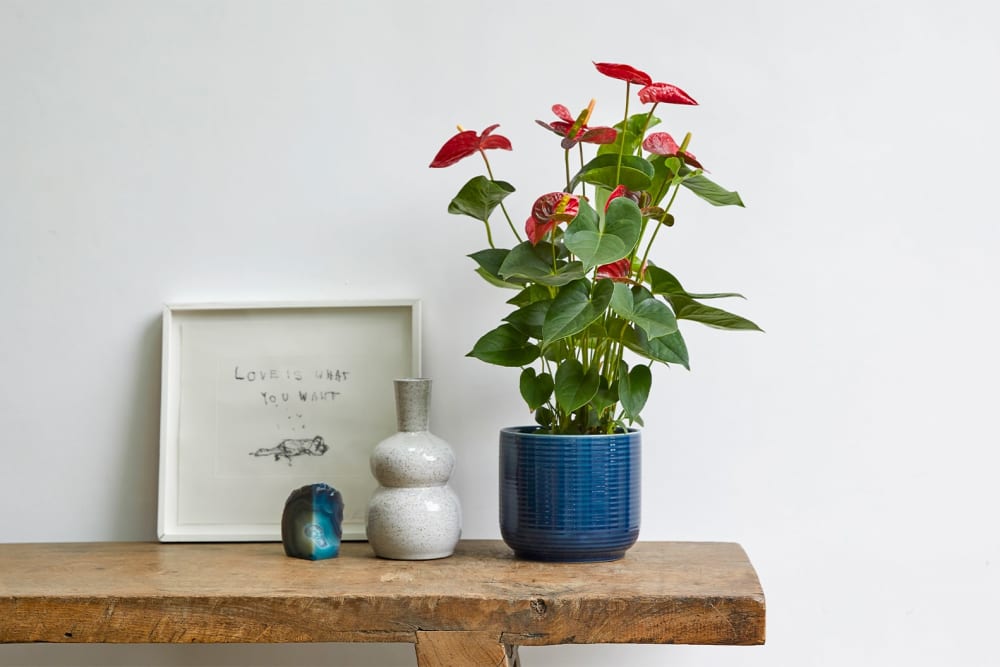
Are anthuriums easy to care for?
Although they might look high-maintenance, anthuriums actually have very simple care requirements. They come from humid parts of the world with warm temperatures, so they'll thrive if you can mirror these conditions.
The only tricky thing with anthuriums is that they're toxic to both pets and people, especially children. Their sap can irritate your eyes and skin, and their pretty leaves are also poisonous if eaten. Keep your anthuriums in a safe place away from snooping pets or curious children.
How often should I water my anthurium?
The secret to a good anthurium beauty regime is to give them a moist environment. Check if the top two inches of soil is dry with a finger dip test and let your plant have a few sips until the soil is slightly wet. Don't drown it as soggy soil can wilt those luscious leaves. Always use a nursery pot with plenty of drainage holes.
Misting your anthurium's leaves daily or giving it a sauna session in a steamy bathroom can help you keep the humidity high.
How much light does my anthurium need?
Keeping your plant's fantastic foliage looking radiant requires the right amount of light. In the jungle, anthuriums get a dappled dose of sunlight through the canopy.
To mimic this at home, place your anthurium in a room that gets medium light. This helps bring out more blooms on their flower spikes. However, be sure to avoid direct sunlight as this can roast the leaves.
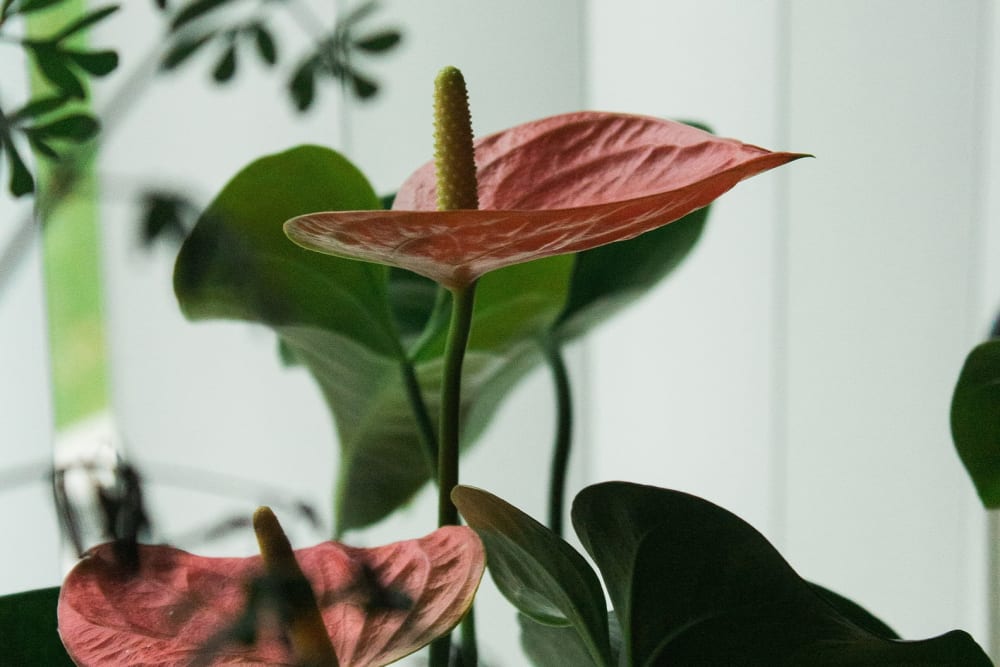
What temperature is best for my anthurium?
Anthuriums are used to toasty temperatures in their native habitat, but they'll be perfectly happy in your home if you're comfortable with the temperature. The ideal range is between 18 and 26°C, although if it gets colder than 10°C, this can halt growth.
Should I repot my anthurium?
Despite all their showy flower stalks, anthuriums are pretty slow growers and only need re-homing in a bigger pot every two or three years. This helps to keep their blooming cycle going and going.
You might see small white root-like arms growing from the stems, but these aren't a sign that your plant needs repotting. They're called “aerial roots” and help the anthurium to grip onto trees and other plants. Simply snip these off if they're getting on your nerves, it won’t harm your plant.
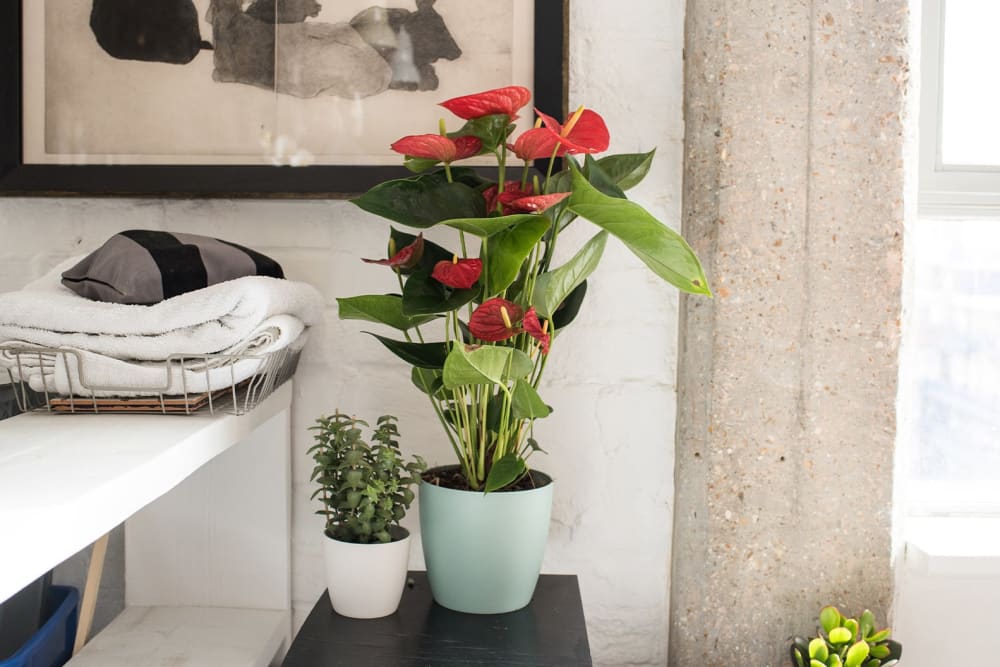
Does my anthurium need any extra love?
Although an anthurium's gorgeous flower spikes will keep blooming over and over for most of the year, they will eventually start to wilt at the end of their life cycle. Cut these struggling stems off as close as you can to the soil to encourage next year's troupe.
You can also inspire more flamboyant flowers by feeding your anthurium some half-strength fertiliser once each season in spring and summer.
In this article
Rewild your inbox
Plant tips. Special offers. No spam.
You might like
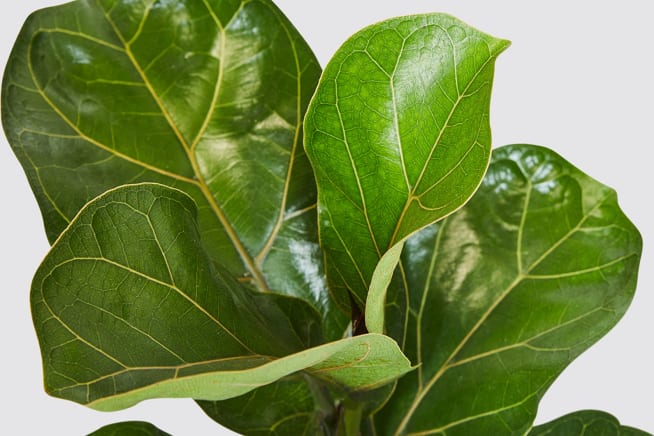
Complete guide to fiddle-leaf fig care
Once a trend, now an icon
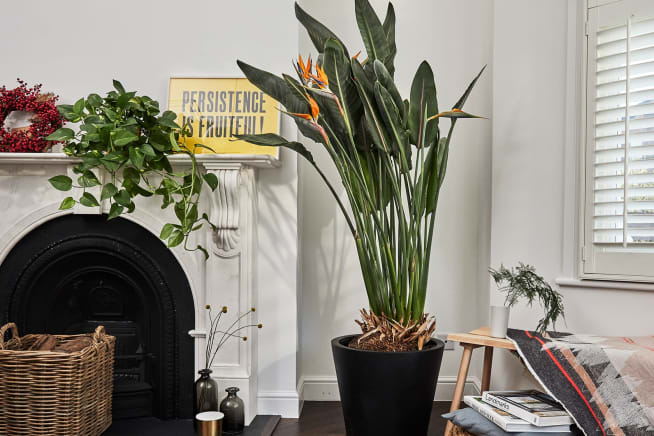
Fabulous flowering indoor plants
Add colour to your urban jungle
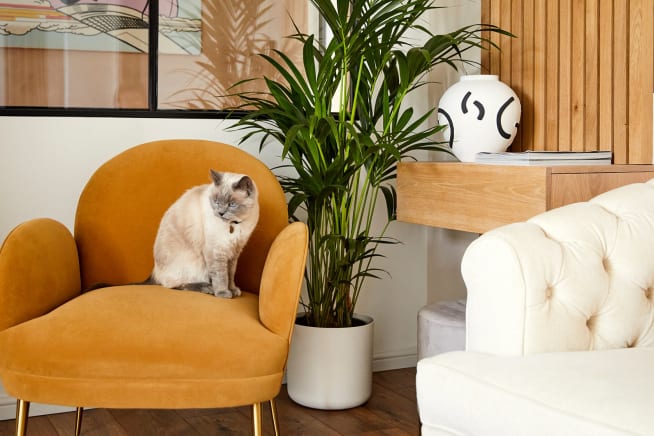
How to make your plants cat-friendly
Help your furry friend and plant pals get along